4D mmWave Radar Unveiled at Shanghai International Auto Show 2023 KellyOnTech
This issue answers questions about millimeter-wave radar (mmWave radar). At the 20th Shanghai International Automobile Industry Exhibition in 2023, many companies have debuted their next-generation technologies, including mmWave radar and first-generation 4D imaging radar products.
Millimeter-wave radar is a sensor that uses high-frequency radio waves (operating in the frequency range of 24 to 100 GHz) to detect objects and measure their distance, speed and angle. In the self-driving series, I introduced LiDAR technology, so why do many car manufacturers, including Tesla, which once abandoned radar, choose to use mmWave radar?
Why Do Many Car Manufacturers Use mmWave Radar?
Here are four major advantages of mmWave radar:
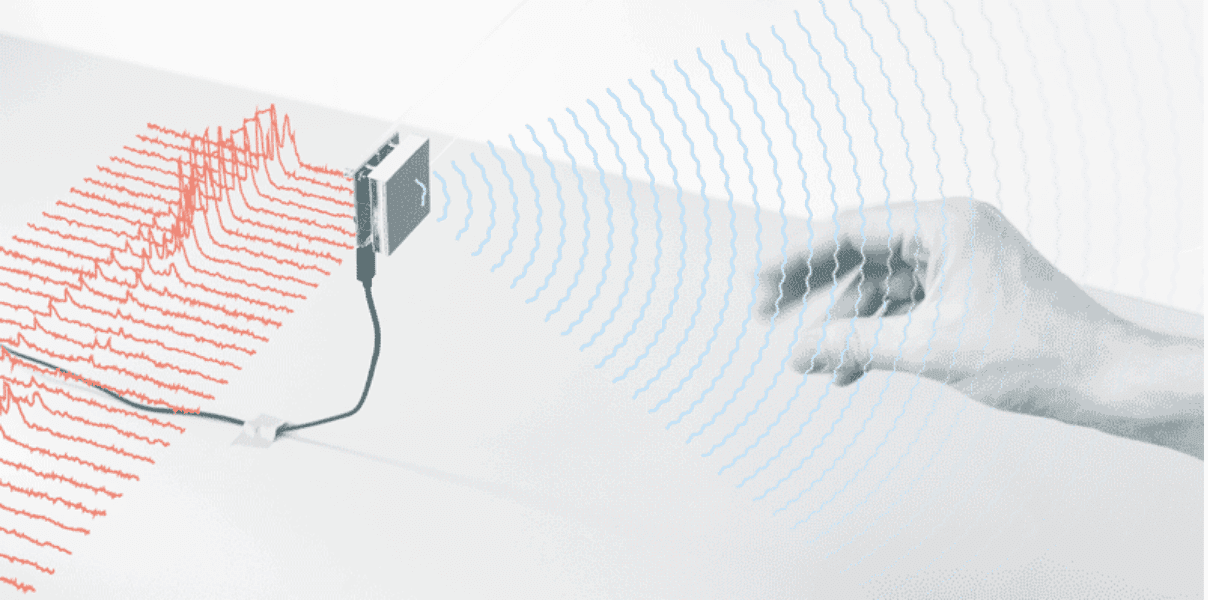
Cost: mmWave radar is cheaper than LiDAR, which is one of the most attractive reasons for automakers. One reason for the relatively low cost is that the antennas and receivers used in mmWave radar systems can be fabricated using relatively simple and inexpensive printed circuit board (PCB) technology, whereas LiDAR systems typically require more complex optical and laser components. Additionally, mmWave radar systems can operate at lower power levels than LiDAR systems, reducing the need for expensive cooling and power management components.
Range: mmWave radar has a longer range than LiDAR, making it ideal for detecting objects at greater distances. In general, the maximum range of a LiDAR system is usually around 100–200 meters (depending on the specific system and environmental conditions). mmWave radar has a longer range because it uses radio waves, which have longer wavelengths than the lasers used in LiDAR. This longer wavelength allows mmWave radar to penetrate certain types of obstructions, such as fog, dust and foliage, which can hinder the performance of LiDAR systems.
Reliability: mmWave radar can operate in harsh weather conditions where LiDAR may be compromised. The reason why mmWave radars can monitor in bad weather conditions is that they use electromagnetic waves in the millimeter-wave frequency band. The short wavelength and high frequency of millimeter wave electromagnetic waves allow them to pass through some common weather phenomena, such as rain and snow, without much interference. At the same time, the energy of millimeter-wave electromagnetic waves is very low and will not cause harm to the human body and the environment.
Size and weight: mmWave radar is typically smaller and lighter than LiDAR because mmWave radar sensors typically use smaller antennas and require simpler optical components than LiDAR sensors. Therefore it is easier to integrate into a vehicle without compromising its design and aesthetics.
What Are the Applications of mmWave Radar?
mmWave radar is used in military applications. For example, on the Russian-Ukrainian battlefield, the Brimstone 2 missiles given to Ukraine by the UK used mmWave guidance. The mmWave radar seeker allows the Brimstone to locate and identify designated targets well beyond visual range, even in adverse weather conditions, making it an effective weapon against a wide range of targets. The missile was dubbed a true “fire and forget” missile. Through the deconfliction algorithm, multiple missiles can be launched simultaneously, and each missile can target a different target. And they are able to prioritize targets, such as high-value command vehicles first, tanks and other armored vehicles second, trucks last, and so on. (Special thanks to the military fan dad for the information)

Milimeter-wave Radar Application Cases in Autonomous Driving
Back to the topic, the 4D imaging radar unveiled at the 2023 Shanghai International Auto Show. 4D imaging and sensing simply means capturing and analyzing four-dimensional data from objects or the environment, including three dimensions of space and the dimension of time, and is mainly used to create dynamic, real-time information about moving objects or changing environments.

Here I take May Mobility as an example to introduce the application of mmWave radar in the field of autonomous driving. May Mobility was founded in 2017 and is headquartered in Ann Arbor, Michigan, USA. It is a company that provides autonomous vehicle (AV) solutions, with a focus on autonomous shuttle bus services for short-distance, first-mile and last-mile transportation in urban areas. The company is funded by Toyota. Their shuttles are designed to operate on predefined routes and can be deployed as part of a fleet, providing passengers with a convenient, safe and reliable transportation option. The company has deployed AV shuttles in several U.S. cities, including Detroit, Columbus, Grand Rapids, and Providence.
The company raised $111 million in Series C funding late 2022, and is preparing to move towards unmanned commercial operations in 2023, and cooperate with Toyota to launch more Toyota Sienna Autono-MaaS autonomous mobility-as-a-service vehicles and Look at next-generation platforms such as e-Palette.
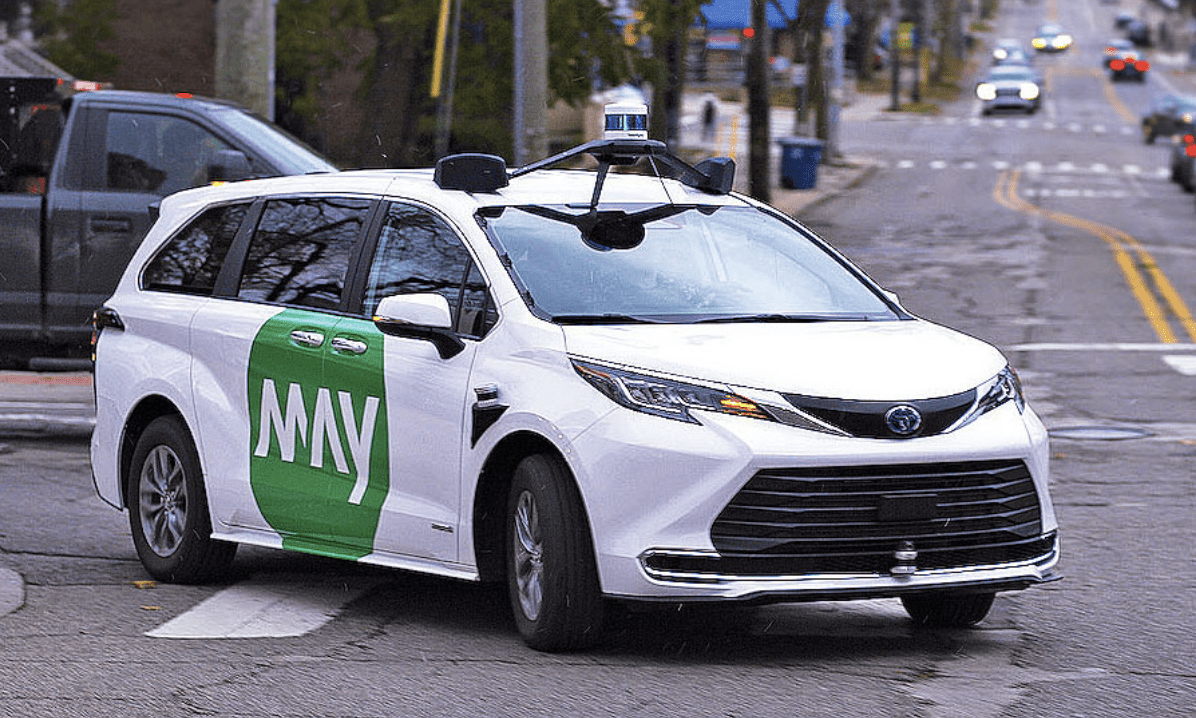
May Mobility is also integrating mmWave radar into their self-driving vehicle technology to improve object detection and enhance vehicle safety. The company selected two mmWave radar providers.
Around the Vehicle — mmWave Radar Sensors from Texas Instruments
May Mobility selected Texas Instruments’ (T1) mmWave radar sensor to provide a 360-degree view of the vehicle’s surroundings that can detect and track vehicles, pedestrians and other objects in real time and can provide information about their speed, direction and distance from the vehicle aimed at improving the safety and reliability of their vehicles, especially during adverse weather conditions or when other sensors may not be as effective.
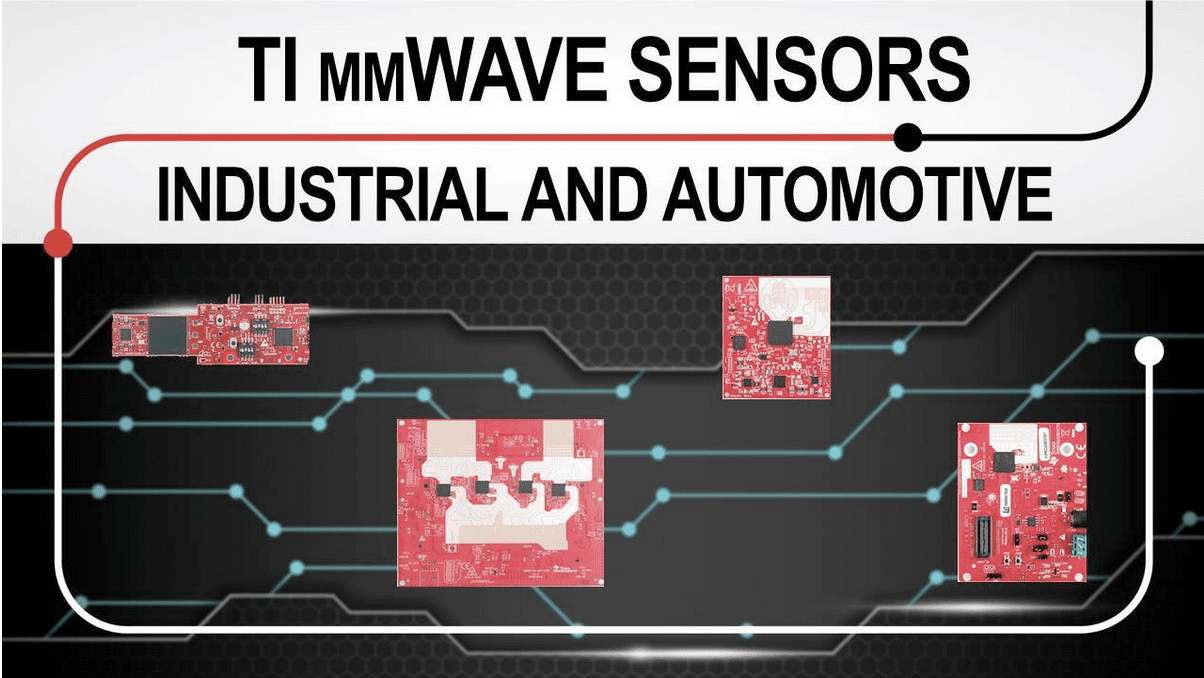
In-Vehicle Surveillance — Vayyar Imaging In-vehicle Monitoring Platform
May Mobility has selected Vayyar Imaging’s 4D imaging mmWave radar for its in-vehicle surveillance platform. Why is there surveillance in the car? This is to avoid children or pets being left in the car for various reasons. According to studies, even when the temperature outside the car is as low as 60° F (15.6° C), the interior temperature can rise to 125° F (51.7° C) within minutes. And children’s body temperature rises three to five times faster than those of adults. If left in the car during the summer, the temperature can reach dangerous levels in as little as 10 minutes.
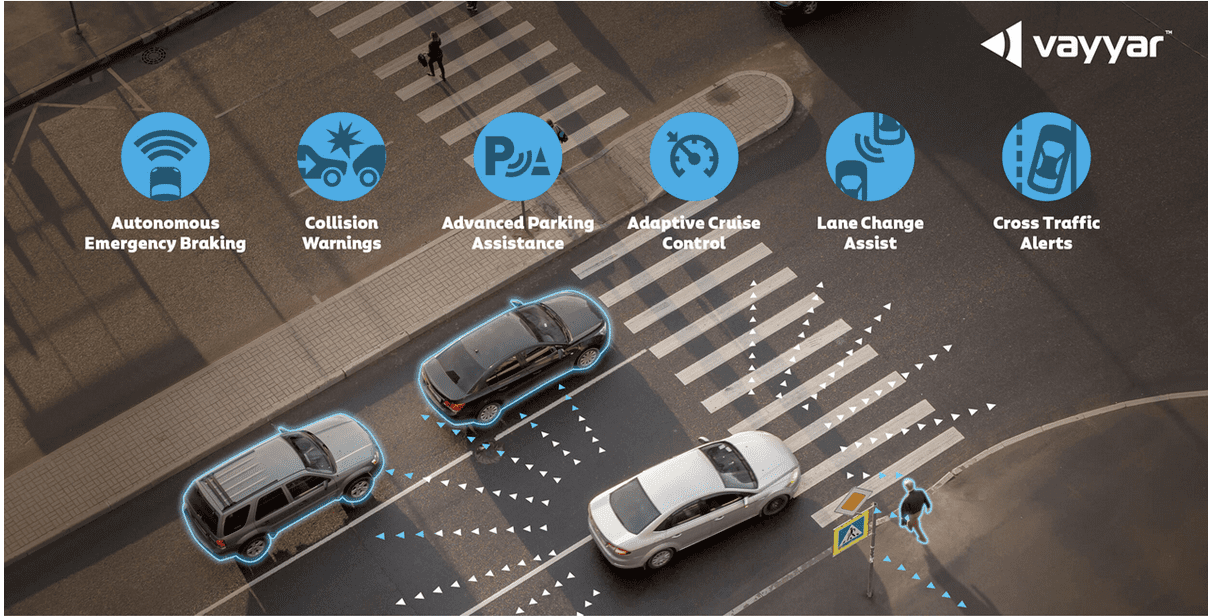
Cabin Awareness
When it comes to in-vehicle monitoring, I would like to introduce the concept of Cabin Awareness. The idea was born at the inaugural Toyota Connected Hackathon in 2019, a 36-hour innovation event that challenged teams of software designers and engineers to conceive, develop and test real-world solutions. The concept gained support after the event, when the Toyota Connected team evaluated an in-vehicle surveillance platform provided by Vayyar Imaging. Vayyar’s high-resolution single-chip 4D imaging radar is currently the only solution on the market capable of monitoring an entire vehicle cabin with a single sensor. The platform also provides exceptionally dense point cloud imaging, enabling developers to independently develop a variety of advanced applications and deploy them remotely using over-the-air software updates.
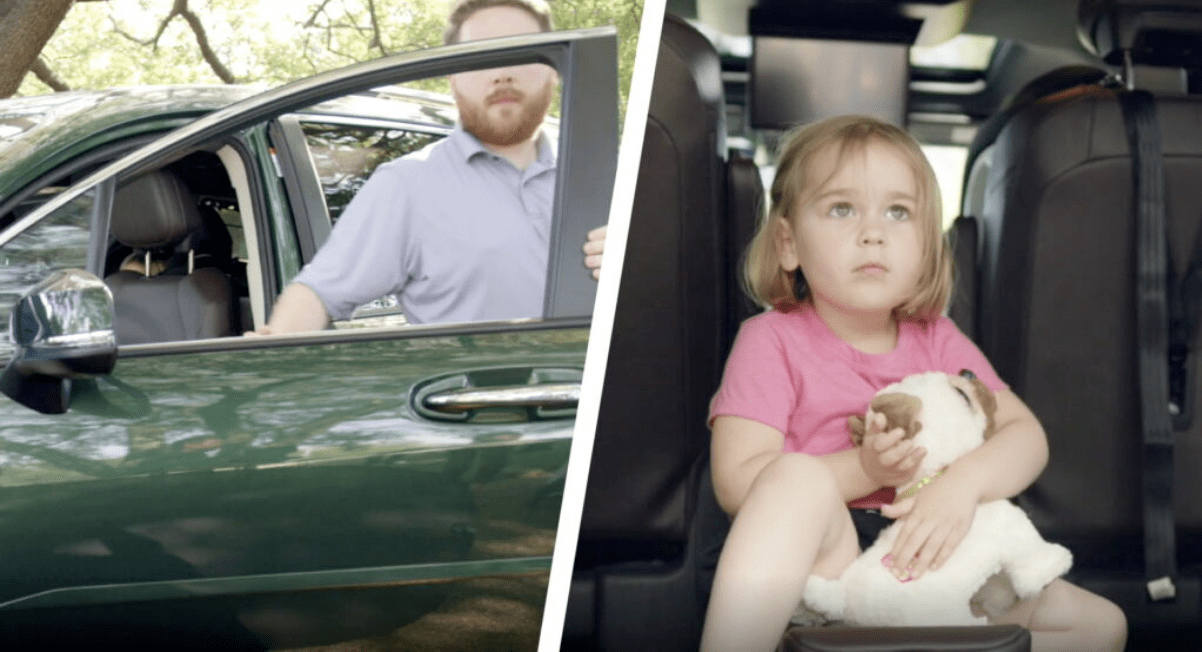
May Mobility started trials with its partner Toyota. As currently designed, if a child or pet is stranded in the car, first, a warning light signal will go off on the instrument cluster in the car. Then, the horn sounds and the emergency lights flash. After all the warnings, owners are notified on their phones via the Toyota app and text messages. Cabin Awareness can also be programmed to send alerts via smart home devices or text messages to designated emergency contacts designated by the primary user. Further alerts are sent by Toyota’s Safety Connect emergency assistance system to contact first responders via the integrated SOS vehicle feature.
In the future, if the Internet of Vehicles is realized, similar alerts can also be integrated through vehicle-to-vehicle (V2V) communication and smart infrastructure to further extend the reach of this alert.
Video version will be posted on KellyOnTech YouTube channel
Tag:KellyOnTech, technology




